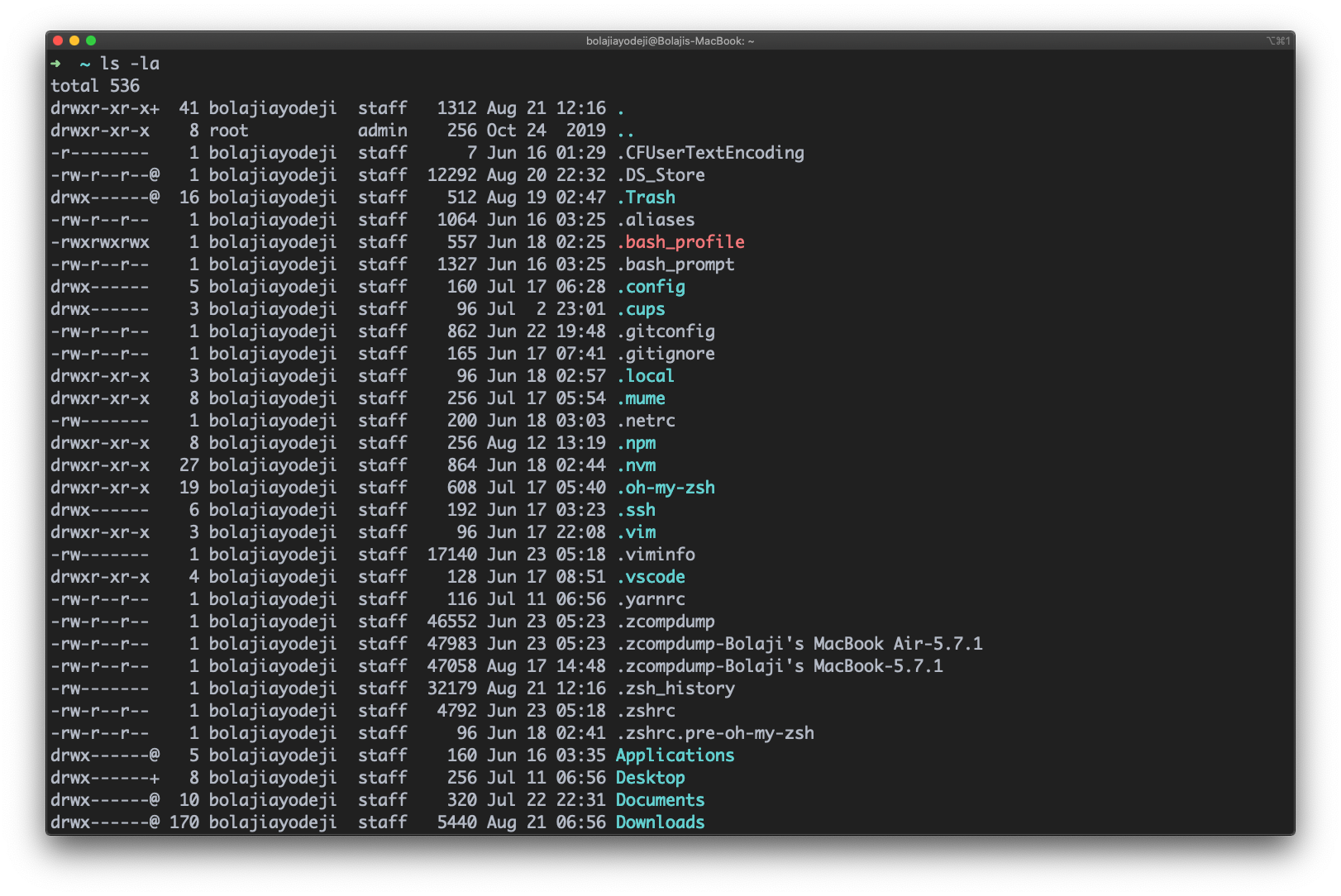
Click on the Hamburger icon on the menu bar (for Settings/Configuration). The other option is using the menu option. You can easily enable the display and disable it again using the same shortcut. The easiest is probably the keyboard shortcut Alt+. There are couple of different ways you can enable the option here. The default setting in Dolphin is not to display hidden or dot files. The default file manager in KDE is Dolphin. Will display just the hidden files and hidden folders. Will display all files, folders including the hidden folders but excluding both. Will display all files, hidden files and the implied folders (. Almost all options for dir is the same as ls, which means everything that was shown for ls in the previous section will work for dir as well. dir commandĪnother popular command used to display directory contents is dir. The -d option is to ensure that the directory contents are not printed out for each directory in the list. If you want to display only the hidden files, then you will need to specify a regular expression with the ls command., the following will display just the hidden file and folders. You probably do not the script to loop in the current folder (depending on the script). This is quite useful, if you are using the output of the command as input to some other script. If you want to omit the display of these two folders, then use the -A or –almost-all option. This will display all the files, including the two implied folders. In order to display all files, including the hidden files in the folder, use the -a or –all option with ls. The ls command is probably the most used command line utility and it lists the contents of the specified directory. We will see how you can view these files using the most popular directory listing commands and file managers. These files can be referenced just as any file, by using the name of the file (including the dot). These files will not be displayed by default when listing the contents of a folder. It also allows the file manager utilities to prevent cluttering up the user interface and provide a soft division between user files and user specific configuration files.Īny file or folder whose name start with a dot (.) is a hidden file, also known as dot file.As these files are not actively used by user on a normal day-to-day basis, it makes sense to hide them in most cases.

They are also used by different utilities to store configuration and state of the programs.These files are usually a mechanism to store user preference or system files that are not modified by user regularly.However, there are a couple of reasons (or benefits) for these kind of files. The hidden file concept is not a security feature and it does not provide any extra protection compared to other files. It is not exactly hidden in the literal sense, but all that means is that the file managers and file system utilities will not display these types of files (or folders) by default. Nu version (you can use the version command to find out): Manually compiled from Initial version of prefix-based reverse search #2296.In Linux, as you should already know, there is the concept of hidden files and hidden folders.*.foo should always return hidden files.Ĭonfiguration (please complete the following information): For glob patterns, *.foo should only ever return non-hidden files, while. testdotfilee: the file is listedĮxpected behavior: Hidden files which are explicitly specified as argument (or via a glob pattern) should be listed even without the -a flag. In sh, ls **/* only lists non-hidden files while in nushell, it lists all files, including hidden ones, even without the -a parameter. The same should be applied to folder-globbing. *.foo won't return any hidden files, while ls -a *.foo and ls -a.

*.foo will find hidden files, even if -a isn't specified. For example ls -a *.foo would only return non-hidden files (even if -a is specified), while. *.foo matches on hidden files, no matter if -a is passed or not. In other shells *.foo only matches non-hidden files, while.

In other shells (tested with bash and zsh), when using ls and passing a hidden file as explicit argument, that file is listed no matter if the -a flag is passed or not.įor glob patterns / filename expansion this is similar. When using ls to list a hidden file which was explicitly passed as an argument, it isn't listed unless the -a flag is passed.


 0 kommentar(er)
0 kommentar(er)
